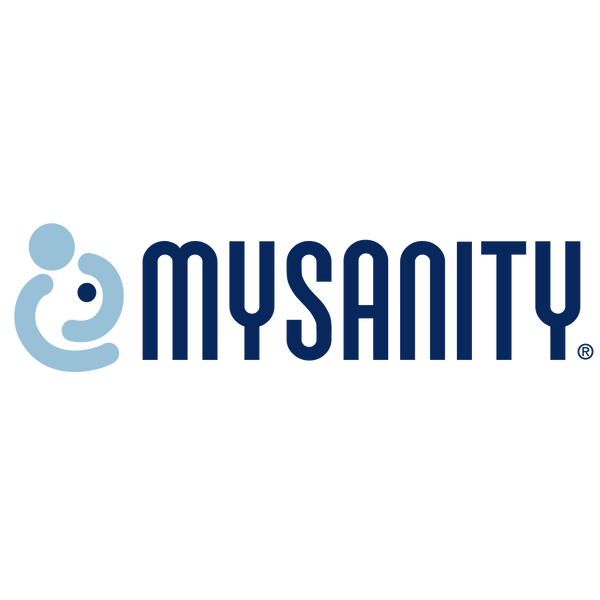
Breast care
Share
Daily hygiene
During breastfeeding, the nipple and the area around it should be thoroughly cleaned both before and after feeding. As a cleanser, you can use boiled or distilled water, but in general it is convenient to use cotton pads already soaked in cleansing substances: it is better to avoid soap (especially if it is not neutral), because using it this way is often "violent" for the skin.
After cleaning at the end of the feeding, apply a greasy ointment and then gauze or absorbent pads (special pads to protect the nipple) until the next feeding. If the milk flows spontaneously and soils the underwear, just insert special absorbent pads between the breast and the bra, which are thrown away after use.
Abrasions and fissures
Simple nipple skin peels are annoying, but heal easily.
The case of cracks is very different: these are cracks that can have a circular pattern all around the nipple or arranged in a radial pattern with the center on the tip of the nipple itself. In any case, cracks make breastfeeding extremely painful and, moreover, represent an open passage for microbes that can make inflammation of the breast (mastitis) possible.
To prevent them, you need to strengthen your nipples during pregnancy with adequate preparation.
The other precaution is not to keep the baby attached to the same breast for too long. At the beginning you should start by keeping him attached to each breast for a maximum of 5 minutes and then alternating the two breasts; then the feeding time for each breast will gradually increase up to about 10 minutes.
To treat them, you need a special silver nipple cover or stop breastfeeding for at least 24-48 hours and treat the area with a special healing ointment. To prevent the baby from being left without milk and to prevent milk secretion from decreasing, you can apply a special nipple to the breast that allows the baby to suck without touching the breast or a breast pump with a teat.

